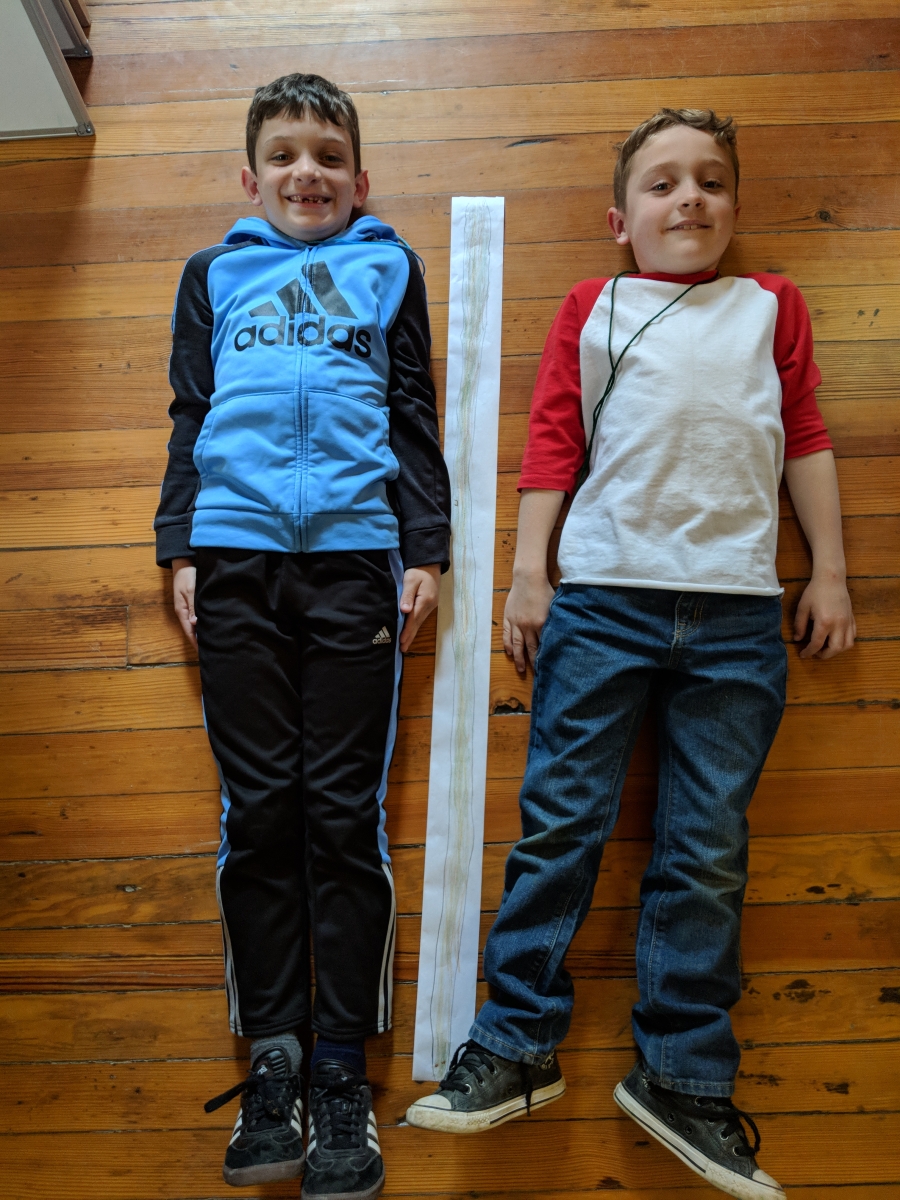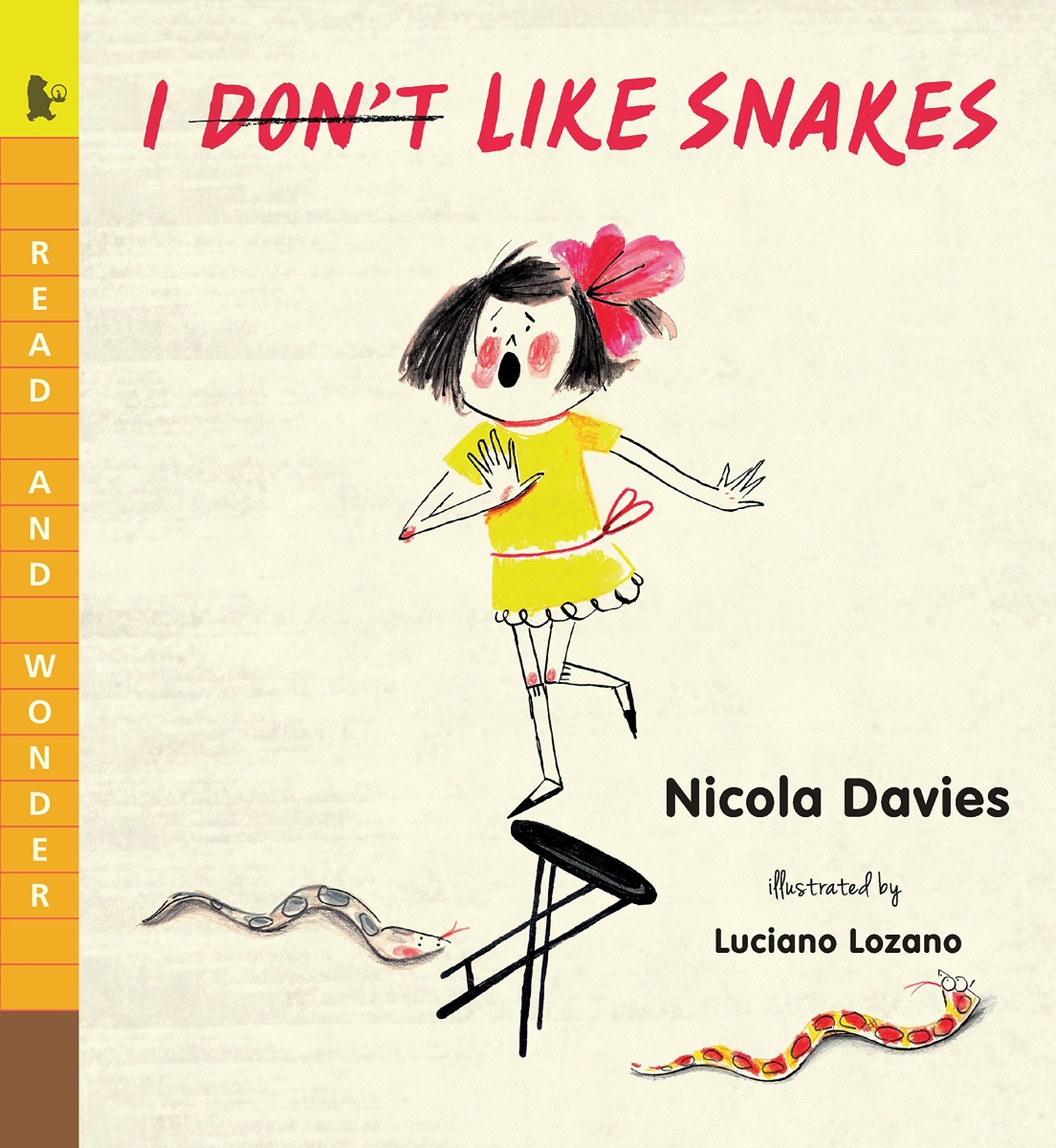 (3rd-4th)
(3rd-4th)In this program, young scientists learn about animal behavior and adaptations. Snakes are often organisms that people do not know much about, and lack of information often contributes to fear. As long as you know about snakes, there is no reason to be wary of them! Developing herpetologists use non-fiction resources to investigate snakes: comparing characteristics that differentiate Virginia’s venomous and non-venomous snakes. They measure and compare the lengths and patterns of snakes, then communicate the information they have learned. Students also study how snakes use behavioral adaptations such as mimicry, camouflage, and temperature regulation to thrive in their habitats.
Fee: $4 per student
Target Virginia Standards of Learning for this field investigation.
Science (2018): 3.1, 3.4, 4.1,4.2, 4.3
Mathematics (2023): 3.MG.1, 4.MG.1
English (2024): 3.RV.1, 4.RV.1
Field Investigations
During your field investigations for our Snake Savvy program students learn the characteristics of snakes, research snakes of Virginia (and West Virginia), learn which snakes could be found in our area, and investigate the different snake habitats at the Arboretum.
Below is an overview of the “standard” program activities to assist you with integrating this field experience into the classroom experiences. This will change due to weather, the volume of students, or communication with environmental educators. Click here for a sample schedule (will vary depending on the number of classes).
Guide to Snakes of Virginia - Students use A Guide to the Snakes and Lizards of Virginia (link) by the Department of Wildlife Resources to research the habitat, characteristics, pattern, and length of a snake that can be found in Virginia.They then draw "their" snake and share information about it with the rest of the class.
Snake Trail - Snakes use their sense of smell to learn about the world around them, and in this activity, students use theirs to learn about snakes!
Snake Walk and/or Touch a Snake – We explore some of the habitats at the Arboretum looking at likely snake locations and considering how the habitats meet the life needs of snakes. If desired, students get to pet one of our education ambassadors.
VA Standards Addressed
Science (2018): 3.1, 3.4, 4.1,4.2, 4.3
Mathematics (2023): 3.MG.1, 4.MG.1
English (2024): 3.RV.1, 4.RV.1
Literacy Resources and Suggested Activities
 I (Don’t) Like Snakes Fiction
I (Don’t) Like Snakes Fiction
Author: Nicola Davies Illustrator: Luciano Lozano
Grade: K-4 Lexile: AD710L
Suggested Activities:
-
Discuss and use non-fiction text structures like the index and bibliography.
-
Create a table of assumptions and the corresponding facts (slimy v/s dry and scaly). Identify which are characteristics of snakes or reptiles in general and label adaptations.
-
Pair with A Guide to the Snakes and Lizards of Virginia (link)or the Virginia Herpetological Society’s website (link). Students select a snake and design a new page for I (Don’t) Like Snakes that describes their snake.

Verdi Fiction
Author and Illustrator: Janell Cannon
Grade: PK-3 Lexile: AD620L
Suggested Activities:
-
Guided reading lesson from Achieve the Core with a companion text set and lesson suggestions for those alternative texts.
-
Investigate, diagram, and compare the life cycles of snakes (and other reptiles), insects (and other arthropods/invertebrates), amphibians, mammals, fish, and birds. Discuss and/or write about growing up from the point of view of another animal.

We Can’t All Be Rattlesnakes Fiction
Author: Patrick Jennings
Grade: 4-6 Lexile: 560L
Suggested Activities:
-
Research the pros, cons, and legality of capturing wild animals to keep as pets. Include considerations about the animal’s life needs and its role in the ecosystem. Possible expert sources: Virginia Department of Game and Inland Fisheries, Certified Wildlife Rehabilitator, or contact a local vet or pet store.
-
Using A Guide to the Snakes and Lizards of Virginia or the Virginia Herpetological Society’s website, learn about a snake of Virginia, turn it into a character, and write from its perspective.
-
Additional literacy-based activities are available from Island Readers and Writers (PDF)

